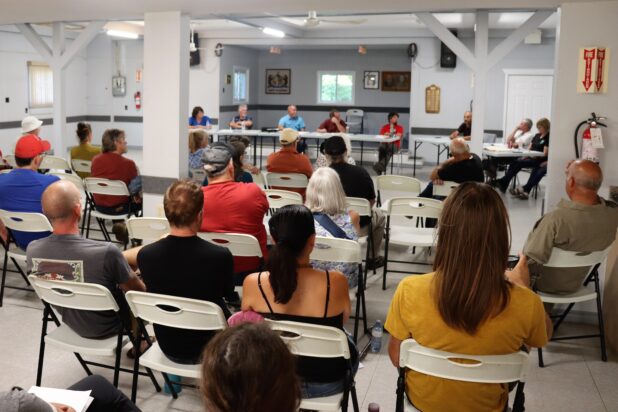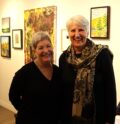Headline News
Rogers formally responds to Kuno Road residents regarding proposed cell tower
July 26, 2023

By Mike Riley
Local Journalism Initiative Reporter
A couple of weeks ago, in the Bancroft This Week article “Kuno Road residents concerned over placement of proposed Rogers’ cell tower,” we brought you the story of 10 residents of Kuno Road in Boulter in Carlow Mayo Township, who are concerned about the potential negative health effects of having a cell tower erected on their road, within 400 metres of their homes, and a few of them within 100 metres of their homes. This week, Rogers Communications formally responds to the concerns of Kuno Road residents in Boulter, regarding the proposed cell tower.
A Rogers’ spokesperson told The Bancroft Times on July 17 that Rogers is committed to delivering a reliable, wireless experience and are looking to enhance their network in the area surrounding Boulter.
“[This is] to provide more seamless coverage for residents, businesses and emergency responders in this growing community. We’re continuing to work closely with the local community to ensure our services, equipment and design meet their needs.”
As background, this Rogers spokesperson said the Kuno Road tower placement was part of the EORN Cell Gap Project, that site selection is a complex process and each location is precisely determined considering many factors including radio engineering and environmental and geographic considerations. As Innovation Science and Economic Development Canada’s media relations representative Andrea Daigle said in the July 14 Bancroft This Week article “ISED responds to Kuno Road residents’ concerns about proposed tower,” to begin the public consultation process, they must have a specific site secured, which includes signing a lease with the landlord. In addition, the industry is federally regulated and they say they work closely with ISED to ensure every product and service they offer Canadians meets rigorous safety standards, including Health Canada’s Safety Code 6.
While Health Canada’s Safety Code 6 deems these RF emissions to be safe, as Rogers claims, and they back up these assertions with scientific studies, other countries like those in the European Union, have much more stringent protocols in place regarding RF energy. According to competing scientific studies, these emissions are harmful to human health, and these more stringent regulations have been done in line with what they call the precautionary principle; erring on the side of caution until the safety of the technology is decisively ascertained. In one example, more than 250 scientists signed the International EMF Scientist Appeal in 2015, and updated in June, 2023, which strongly requests that the United Nations and all member states to call on the World Health Organization to have health warnings and stronger exposure limits for RF energy emissions due to its potential negative health effects. Differing views in these scientific studies on the potential dangers or lack thereof of RF energy emissions from cell towers long term has led to a consensus that more research and study need to be done to fully ascertain their effect in the long-term.
The Rogers spokesperson says they take concerns or suggestions expressed by the public as important elements of their proposal.
“We follow the protocol outlined by ISED and invite members of the community to express their written questions, comments or concerns. We provide a formal response to the municipality and those members of the public who communicated to Rogers.”

















